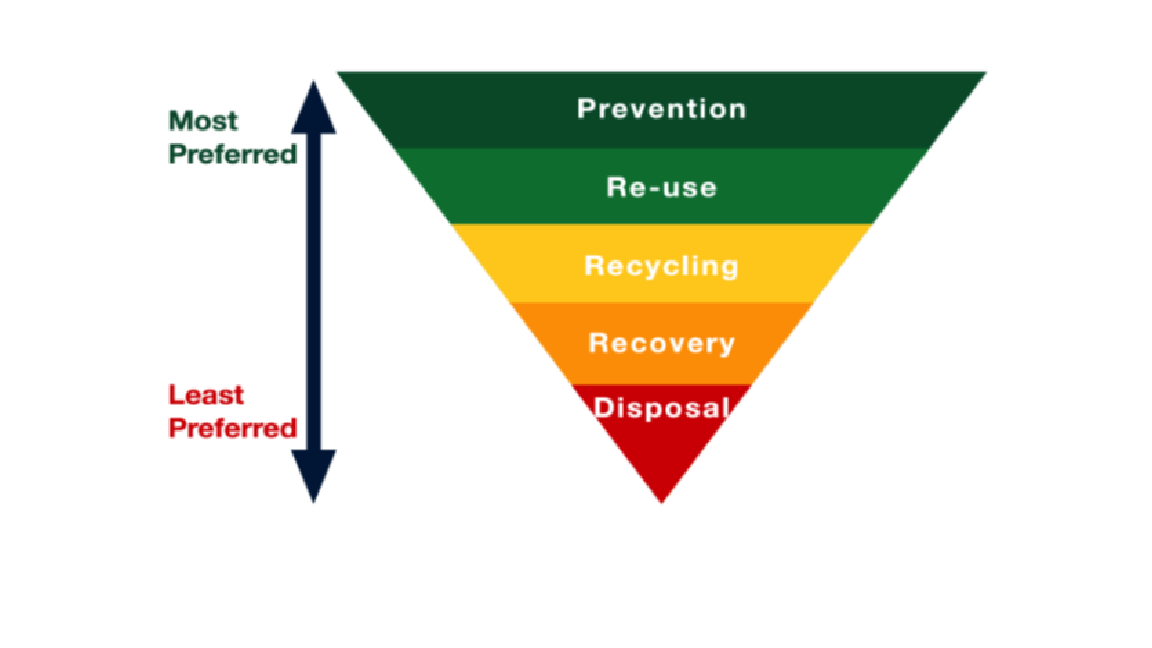Scotland is committed to addressing climate change by achieving net zero carbon emissions by 2045 or sooner (with interim emission reduction targets of 75% by 2030 and 90% by 2040 respectively).
Quickfire Guide
Net zero means achieving a balance between the carbon emitted into the atmosphere, and the carbon removed from it.
This means that by 2045, Scotland intends to add no more carbon into the atmosphere than the amount we are removing.
The Scottish Public Sector is committed that the transition to a net zero and climate resilient economy will be delivered fairly, and tackle inequality and injustice. This is referred to as a Just Transition.
What Does this Mean for Public Sector Contracts?
Public procurement in Scotland is expected to contribute to Scotland’s climate change targets.
How we procure goods, services and works is a key way to achieve net zero carbon emissions and respond to the Climate Emergency e.g. by reducing the use of fossil fuels (coal, gas and oil) and/or reuse instead of buying new.
Public sector buyers are expected to consider climate change in:
- whether to buy at all
- what to buy
- how to buy
- how much to buy
- end of life/recycle/reuse options
This means that you are increasingly expected to ask bidders and suppliers to provide low carbon goods, services and works, and deliver circular solutions.
Public procurement law and policy already reflects environmental considerations principally through the sustainable procurement duty of the Procurement Reform (Scotland) Act 2014. It requires public bodies to consider and act on opportunities to improve economic, social and environmental wellbeing of their area in the course of their procurements.
More information can be found at Public sector procurement and climate change.

The above diagram shows The Waste Hierarchy.
The Waste Hierarchy gives top priority to preventing waste. Options for action include: avoiding the purchase, using less, shifting from purchasing a ‘product’ to purchasing a service, through re-use and recycling to consideration of end-of-life management.